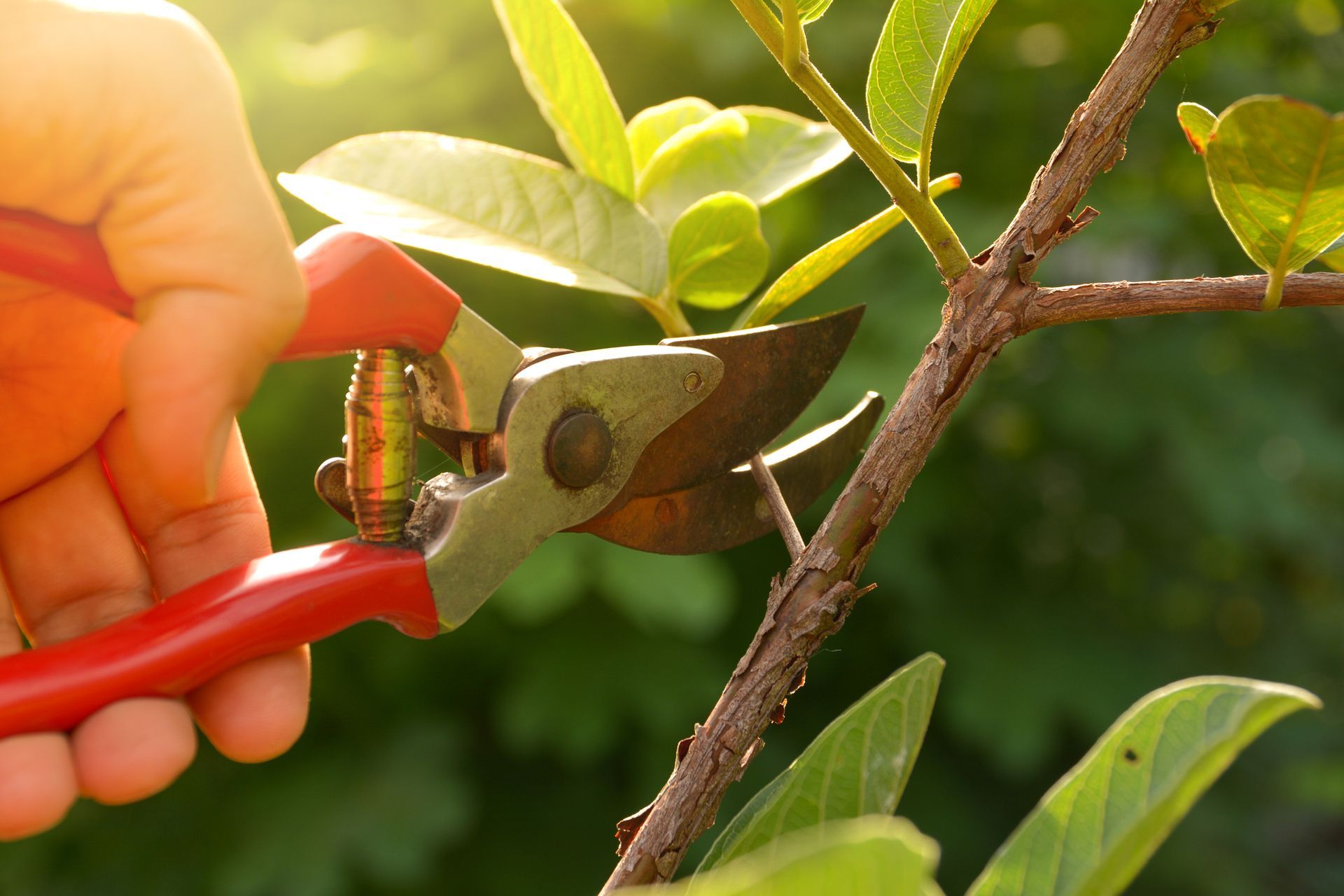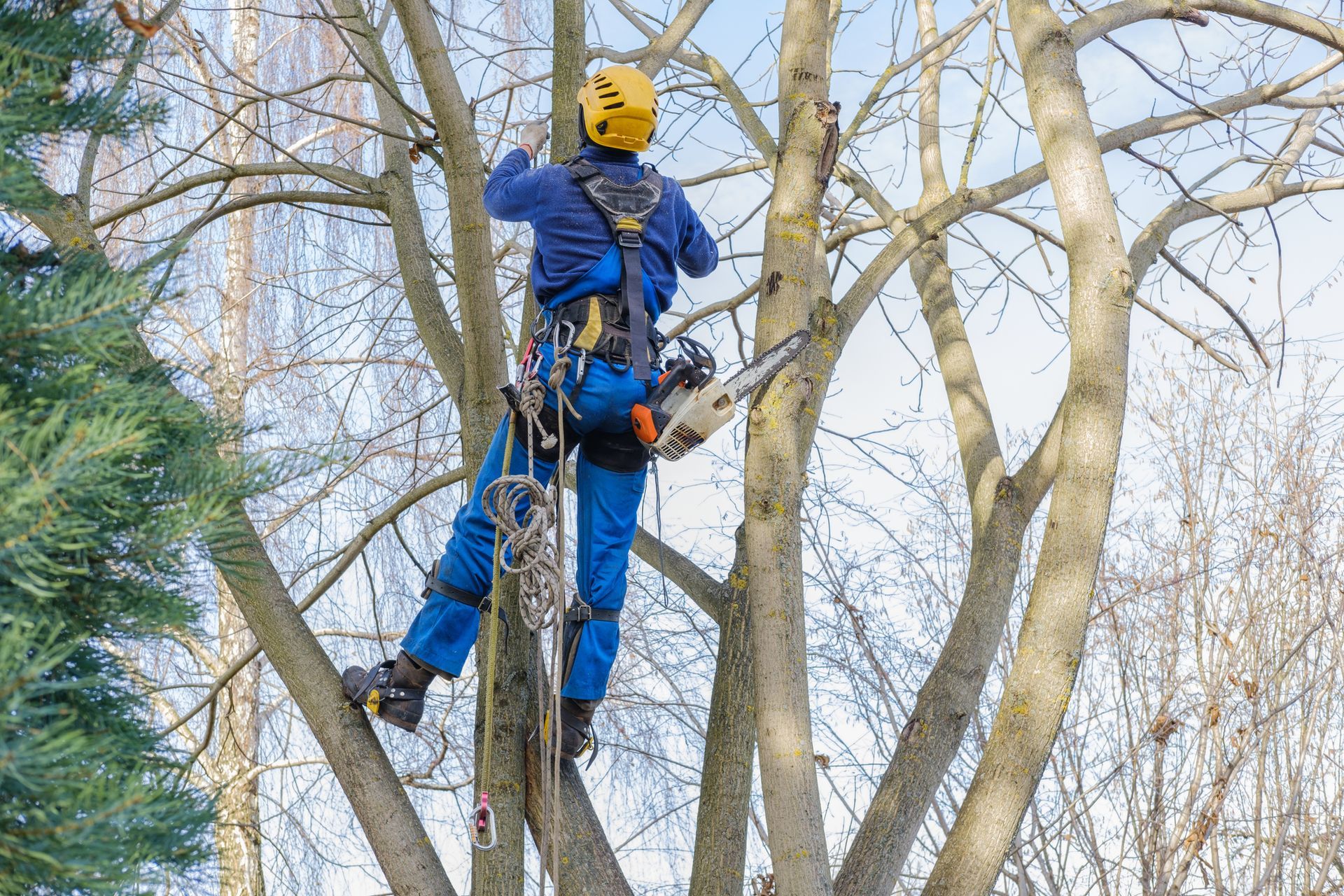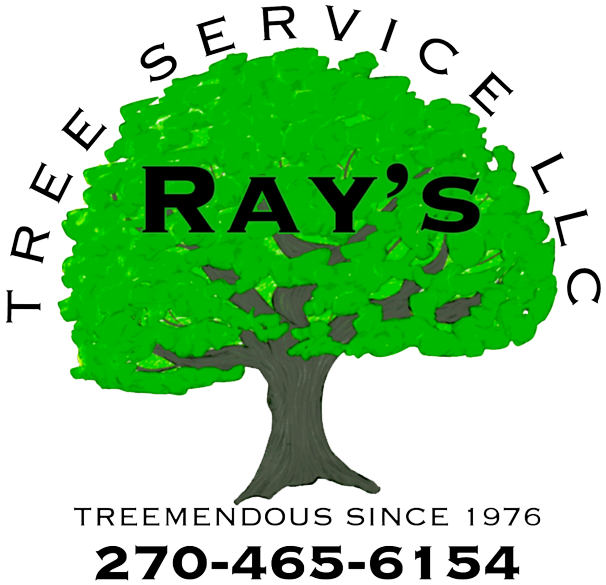Maintenance & Expert Care for All Your Trees
What Can You Do to Keep Your Trees Healthy?
There are many steps you can take to help your trees thrive. We’ll cover a few here, but if you ever need further advice or assistance with your trees, we’re just a phone call away. While tree care will vary depending on species and growing conditions in your area, all trees will benefit from proper routine care and consideration, including the following:
- Find the right spot: Once you’ve selected a tree that is meant for your growing zone, finding the proper place to plant is crucial. Take care to choose a space away from power lines, underground utilities, and not too close to your home. Also, don’t plant too deep. This can be tricky, but a general guide is to look at your tree’s trunk and find the spot where the trunk bulges a bit at the bottom. This area is called the root flare. The goal is to plant your tree so that the root flair is a bit above the soil’s surface.
- Provide adequate water: Mature trees need about one inch of water each week, while newly planted trees benefit from about four to 10 gallons per week during their first two growing seasons.
- Mulch: Mulching will help the soil retain moisture and protect a tree’s root from lawn mowers. Always take care not to let the mulch touch the tree’s trunk.
- Prune: Thinning out dense areas helps a tree get adequate sunlight and air circulation. Pruning should be done when a tree is dormant.
- Fertilize: Slow-release fertilizers help ensure your tree has regular nutrient uptake.
- Schedule an Assessment: Annual tree evaluations keep them in good health and ensure disease, insect infestations, or storm damage are identified early when there is still time to remedy the condition.
- Consider Your Tree’s Full-Grown Height:
When choosing a tree for your property, selecting one based on its full height potential is crucial for overall aesthetics, safety, and the health of the tree. When trees that typically grow tall are planted too close to power lines or your house, they pose safety falling and fire hazards during storms. They are also subject to necessary trimming by power companies that puts their overall health at risk with less-than-optimal pruning to avoid power line problems.
Emerald Ash Borer
The Emerald Ash Borer is responsible for tremendous tree loss. It’s vital to identify this pest’s presence early to save your tree. Since it takes a while for symptoms to show, it’s a good rule of thumb to keep a close eye on your tree and schedule routine inspections by experts who know what to look for to identify this pest early. If you have an Ash tree, keep a lookout for areas where bark is missing on the trunk, areas of the canopy that seem bare or dying, and cracks or splits in the bark.
Dutch Elm Disease
Dutch Elm Disease is a fungus that easily spreads from tree to tree and is carried by the elm bark beetle. When detected early, a tree can be saved through careful pruning of infected areas and treatment with fungicides. Signs that your tree may have Dutch Elm Disease include leaves that wilt and then turn yellow and then brown, premature leaf drop, and dead branches. One way to protect your Elm trees is to avoid summer pruning, which is a sure-fire invitation for the elm bark beetle.

Pruning Fruit Trees
The best time to trim all trees, including fruit trees, is during the winter, while they are dormant. However, fruit trees may also benefit from pruning during the warmer months if:
- They are producing too much fruit.
- They are growing too large.
- They are starting to have unsafe limbs.
- Older, bigger, and non-producing branches seem to be hindering the growth of younger branches.
Tree Pruning, in General
Trees are best pruned in the winter while they are in their dormancy, usually from December through the early part of February. This is especially true for hardwood, deciduous trees like Oaks that we must be especially careful with. If you feel that your big oaks or other hardwood trees require pruning during the summer months, it’s best to seek the expertise of tree care specialists.

Invasive Tree Species
An invasive trees species is one that is not naturally found in an area and whose presence can harm either the natural ecosystem, human healthy, or the economy. Invasive species tend to grow and spread very quickly and aggressively, often compromising an area’s native plants by making them compete for resources. You should avoid planting invasive species at all costs and if you have one on your property, it’s best to have it taken down and replaced with a native option.
The following are some of the more common invasive species found in the Unites States:
- Amur Maple
- Autumn Olive
- Black Alder
- Black Locust
- Buckthorn
- Callery (or more commonly known as Bradford) Pear
- Earleaf Acacia
- Mimosa
- Norway Maple
- Princess
- Russian Olive
- Siberian Elm
- Sycamore Maple
- Tree of Heaven
Need more information? Call us at
270-465-6154 or text
270-572-9390 to speak with one of our experts.







